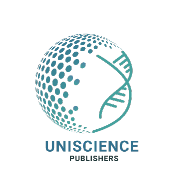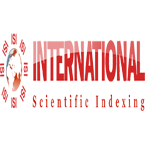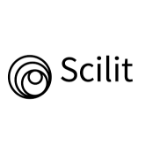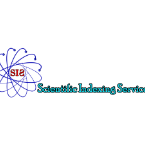Over the past two decades, the use of lasers in dentistry has progressed significantly. While soft tissue lasers were first introduced, they are now commonly used on dental hard tissue as well, thanks to the advent of new generation lasers. Commonly used laser in dentistry includes neodymium yttrium aluminum garnet (Nd:YAG) Glaser, erbium: yttrium aluminum garnet (Er:YAG), CO2, erbium chromium: yttrium scandium gallium garnet (Er,Cr:YSGG), holmium:yttrium aluminum garnet Ho:YAG), and diode laser. Treating a pediatric patient with a laser for oral and dental procedures is advantageous because it reduces the child’s anxiety and improves parental acceptance. Children become more patient when a clinician uses the laser for a surgical or pulpal operation, which improves clinical outcomes. In children, laser is used for caries prevention, early diagnosis, cavity repair, traumatized tooth management, and minor oral surgical procedures. While the use of lasers may pose some risks and necessitate some precautions, its use in pediatric dentistry appears to be on the verge of becoming the gold standard. Clinicians should prepare themselves for the new era of laser especially in pediatric dentistry by knowing laser basics, classification of different types of lasers, possible hazards and means of protection against these hazards, and advantages and limitation of laser which is the aim of this review.
Laser: From Fundamental Principles to Applied Pediatric Dentistry – Review













